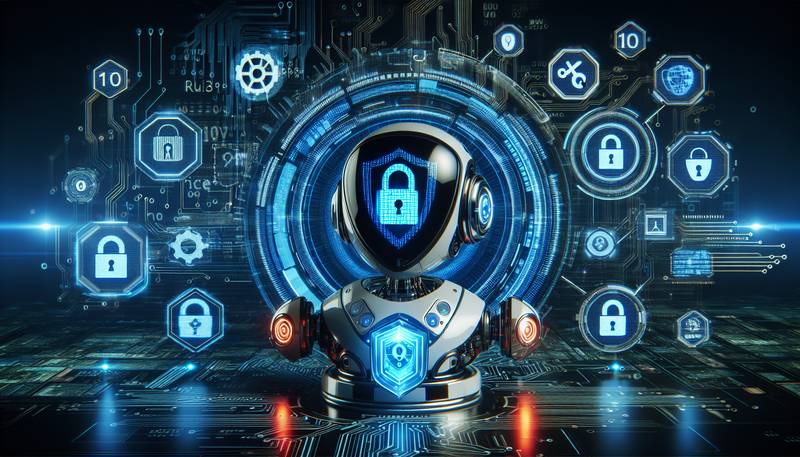Top 10 Cybersecurity Best Practices for 2024

As digital threats continue to evolve, it's more critical than ever for businesses to bolster their cybersecurity measures. A single cyber-attack can result in staggering losses, with IBM reporting the average cost of a data breach at $4.45 million. To protect consumer trust and financial assets, it's essential for companies to implement a multi-faceted defense strategy.
Strong Passwords and Multifactor Authentication
Weak password security accounts for about 80% of data breaches. Businesses must enforce the use of strong, unique passwords and utilize multifactor authentication (MFA) to provide an additional layer of security.
Cybersecurity Training for Employees
Training employees on cybersecurity awareness, including information security, risk management, and the importance of security controls like firewalls and antivirus software, equips them to identify and handle potential threats effectively.
Regular Software Updates
Regular updates to software and systems close security gaps and prevent attacks like the infamous WannaCry ransomware from exploiting vulnerabilities in outdated systems.
Secure Data Backups
Regularly backing up vital data ensures business continuity, minimizes data loss, and maintains an organization's reputation in the event of system failures or cyber-attacks.
Zero-Trust Security Model
A Zero Trust model requires strict identity verification for every user and device attempting to access network resources, both inside and outside the corporate network, thus minimizing access breaches.
VPN for Remote Workers
With the rise of remote work, a Virtual Private Network (VPN) becomes indispensable for secure access to company networks, enabling encrypted file sharing and collaboration among remote teams.
API Security
APIs demand robust security solutions that can adapt to their varied protocols and frequent changes, ensuring protection against malicious traffic and denial of service attacks.
Intrusion Detection & Prevention
An Intrusion Detection and Prevention System (IDPS) helps protect networks from unauthorized activities by requiring authentication and conducting rigorous security checks.
Vigilance with Third-Party Vendors
Given the significant security risks posed by third-party vendors, it's crucial for companies to actively monitor and manage these relationships to prevent breaches in the supply chain.
Real-Time Threat Monitoring
Adopting a real-time threat monitoring solution provides an all-in-one platform for data visibility, threat detection, and compliance reporting, enhancing overall data security.
By incorporating these top cybersecurity best practices, businesses can effectively defend their data and IT infrastructure against the ever-present threat of cyber-attacks.


